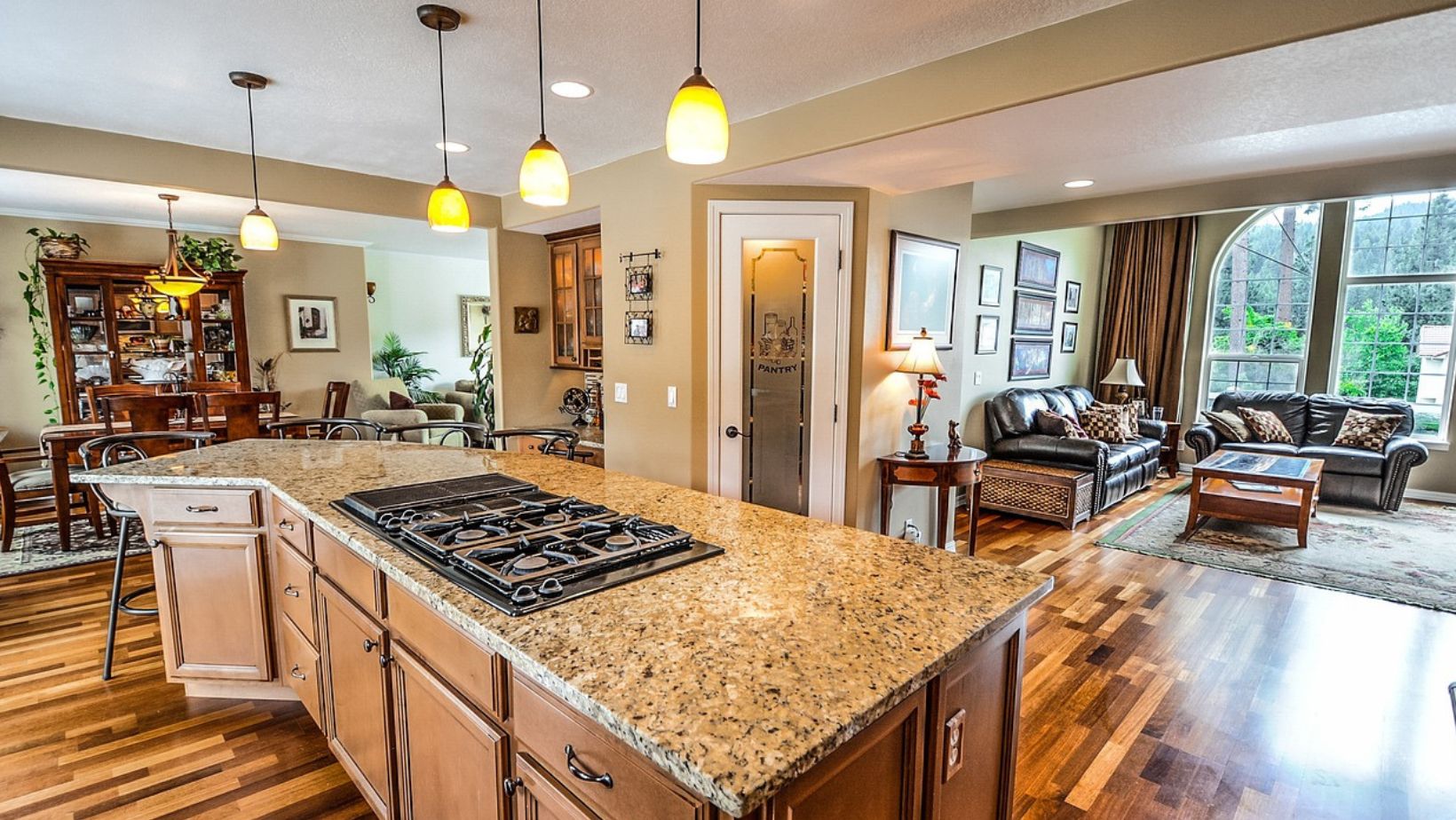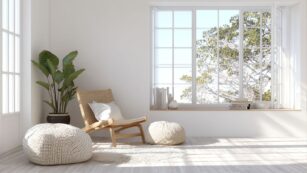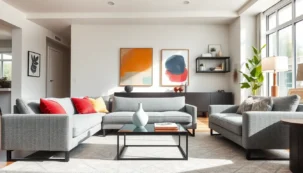
Key Takeaways
- Game-inspired design makes small spaces feel clearer and more flexible.
- Mobile casino layouts show how to stack tasks, guide the eye and cut clutter.
- Simple cues like lighting presets and one accent color improve flow.
- The goal is to turn limits into features so your home feels more alive.
Small homes often make style feel like a luxury, yet play is one of the easiest ways to make a space feel alive. Games are masters at creating energy inside tight boundaries. They turn limits into design prompts. That is why a game-inspired approach is useful when you live in a studio or a compact flat where every surface works hard. Rather than dreaming of a big renovation, you can borrow the way games shape attention, mood and flow, then translate that into light, color and layout at home.
This matters right now because our daily routines already happen on small screens and in smaller rooms. We learn to focus in short bursts, enjoy quick wins, and move through clear cues. Good games guide the eye, pace the action, and reward progress. Those same ideas work for a 25-square-meter home where you need one table to act like three. The goal is not to make your living room look like an arcade. It is to use playful structure so the space feels more flexible, more personal and a little more joyful. With a few repeatable moves, you can shape zones, set rituals and create small moments of surprise, all without adding clutter.
A Smartphone Screen Is Small But It Didn’t Limit Gaming
Some of the popular mobile casino platforms show how much experience can fit on a phone without feeling crowded, and perhaps that’s where the inspiration must be taken from.
Start with layout. Casino gaming on a phone uses stacked panels and clear lanes for the eye. You can mirror that with vertical storage, fold-down tables, and shelves that “stack” tasks in a single wall. Keep the main work zone in the easy reach path, just like on-screen buttons. Set a tray for daily tools near your best seat, and place less-used items one step farther away. Flow improves when the most common actions are the easiest ones.
Color and contrast do heavy lifting on screens. Action elements pop in one bright tone while the field stays calm. Try the same palette rule at home. Pick one accent color for handles, hooks, and switches. Keep large surfaces quiet so the eye rests. Use bold, readable labels for bins and files the way clear type helps on a phone. Motion should be simple and straight. Sliding panels, pivoting lights, and folding legs feel smooth and save space.
Most of all, treat limits as a design brief. Small screens led mobile teams to trim clutter and highlight what matters. Small rooms ask for the same discipline. Let digital gaming show you how to choose the few parts that carry the experience, because when you turn constraints into features, your home starts to play back.
From Screen Craft To Small-Space Layout
Designing a tiny home like a tiny game UI means sequencing attention, setting clear zones and giving fast feedback. Think of your entry as the main menu, your table as the playfield, your shelves as the inventory. Use a single accent color to mark action points, like the grab handles on storage cubes or the edge of a fold-down desk. Add micro-feedback with a dimmer that clicks softly into preset scenes for work, dinner and reset.
Here is a quick view of how constraints, moves and data line up.
| Small-space constraint | Game-inspired move | Why it helps | Data point |
| Limited square footage | Define two or three stacked zones within one surface, like a table that flips from laptop mode to dinner mode | Reduces clutter and switching costs | New U.S. apartments averaged 908 sq ft in 2024 |
| Visual overload | Use one bold accent color for “action” items and keep everything else neutral | Guides the eye, lowers decision fatigue | 16% of EU residents lived in overcrowded homes in 2023 |
| Short attention windows | Create preset lighting scenes for quick context shifts | Gives instant “level changes” for work or rest | 4.6B people, 57% of the world, used mobile internet by 2023 |
| Need for quick wins | Add small, repeatable rituals, like a tray that resets nightly | Builds momentum without adding stuff | Mobile games held about 55% of 2025 games revenue |
Mood, Rhythm And The Psychology Of Play At Home
A playful home is not loud. It is rhythmic. Borrow the timing of short game sessions and build small loops into your day. Five minutes to reset the coffee tray after breakfast. Two minutes to fold the laptop away and tap the warm light scene before dinner. Use sound and light as gentle prompts. A soft chime when the lamp reaches your reading scene. A cool-to-warm color shift as evening starts. Keep textures simple so the senses do not compete. One nubby throw for grip, one smooth tray for glide, one warm wood note to anchor the eye.

It is worth noting that many people want more enjoyment at home but do not always feel it. As the IKEA Life at Home Report puts it, “11% say that their home helps them bring out their playful side.” Use that gap as your brief. Add one playful mark where your hand lands often, like a colored pull on a drawer or a magnetic strip that holds a favorite deck of cards. Let your lighting do what a progress bar does, which is to show where you are in a routine and what comes next. The point is not stuff. It is sequence, feedback and a clear sense of place.












